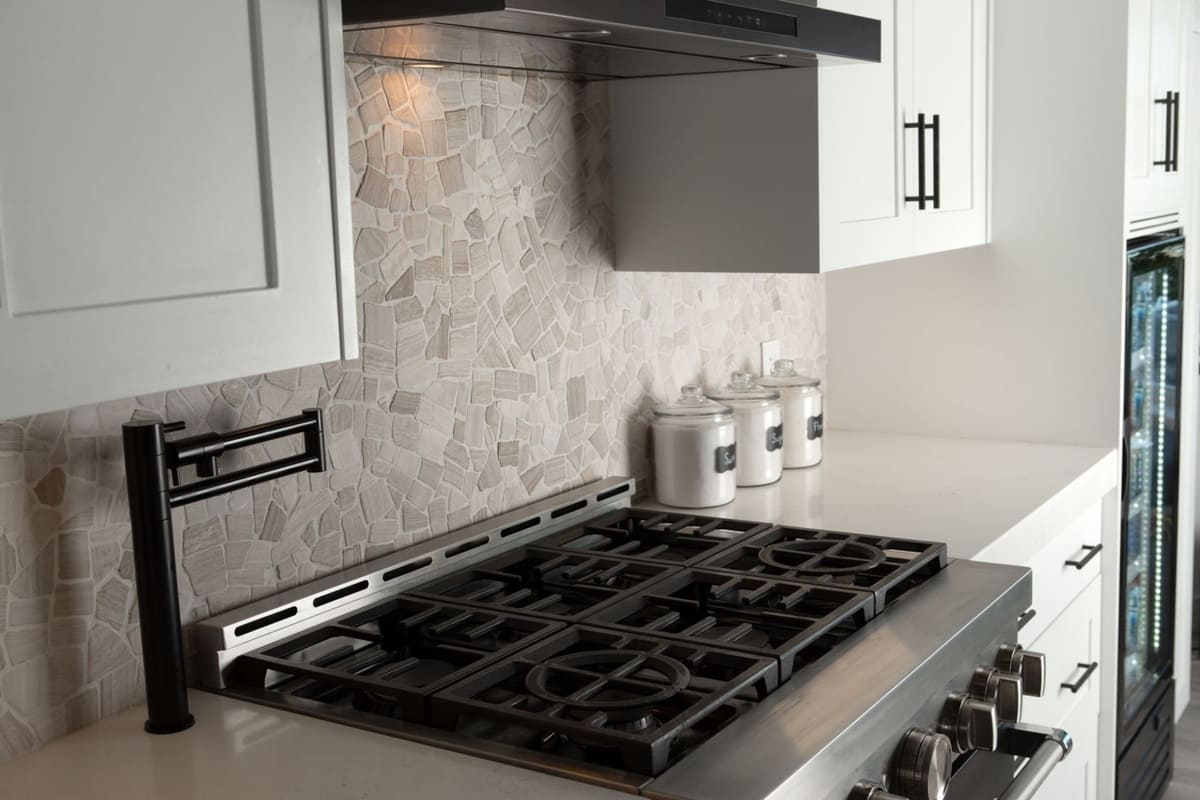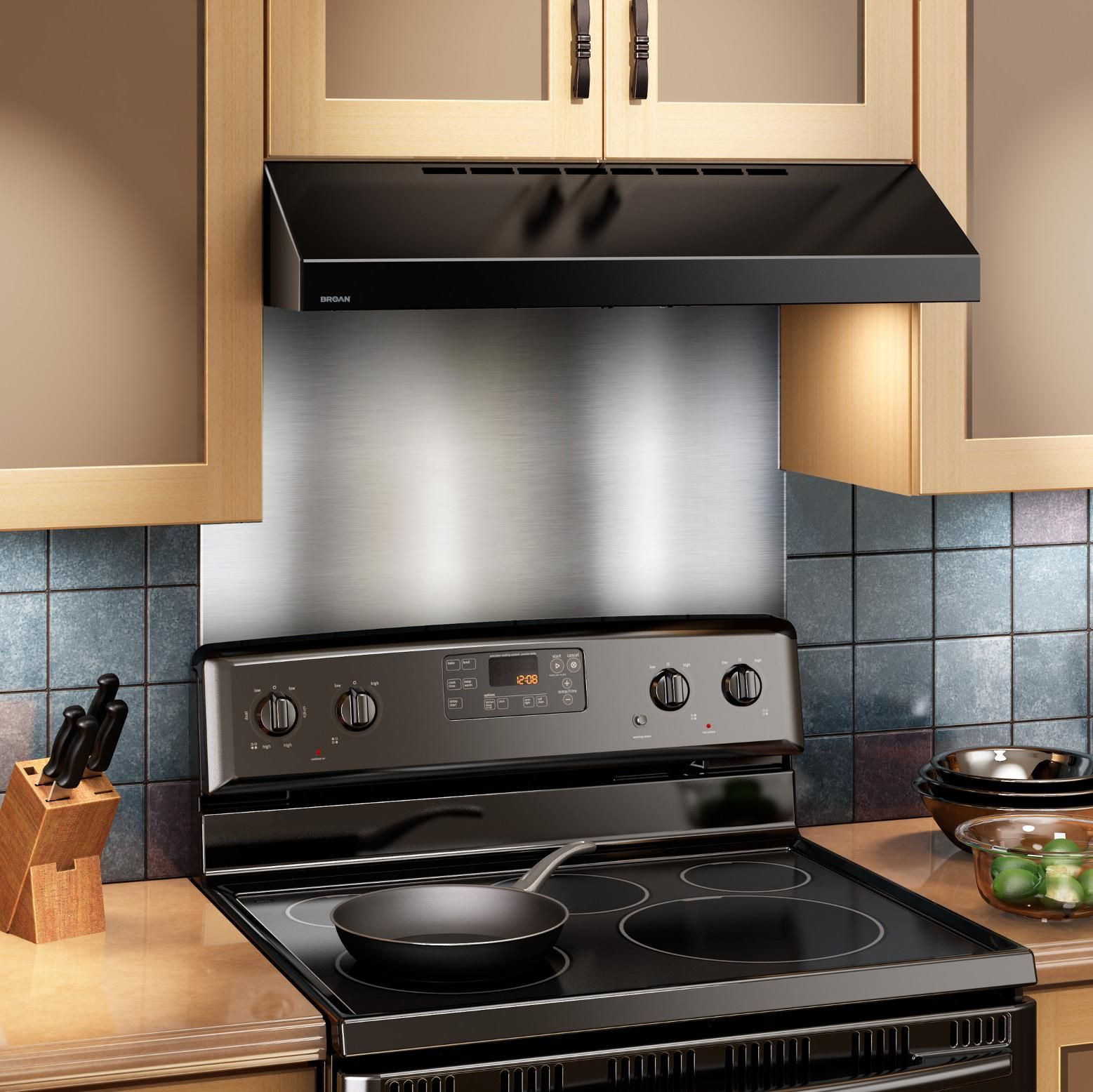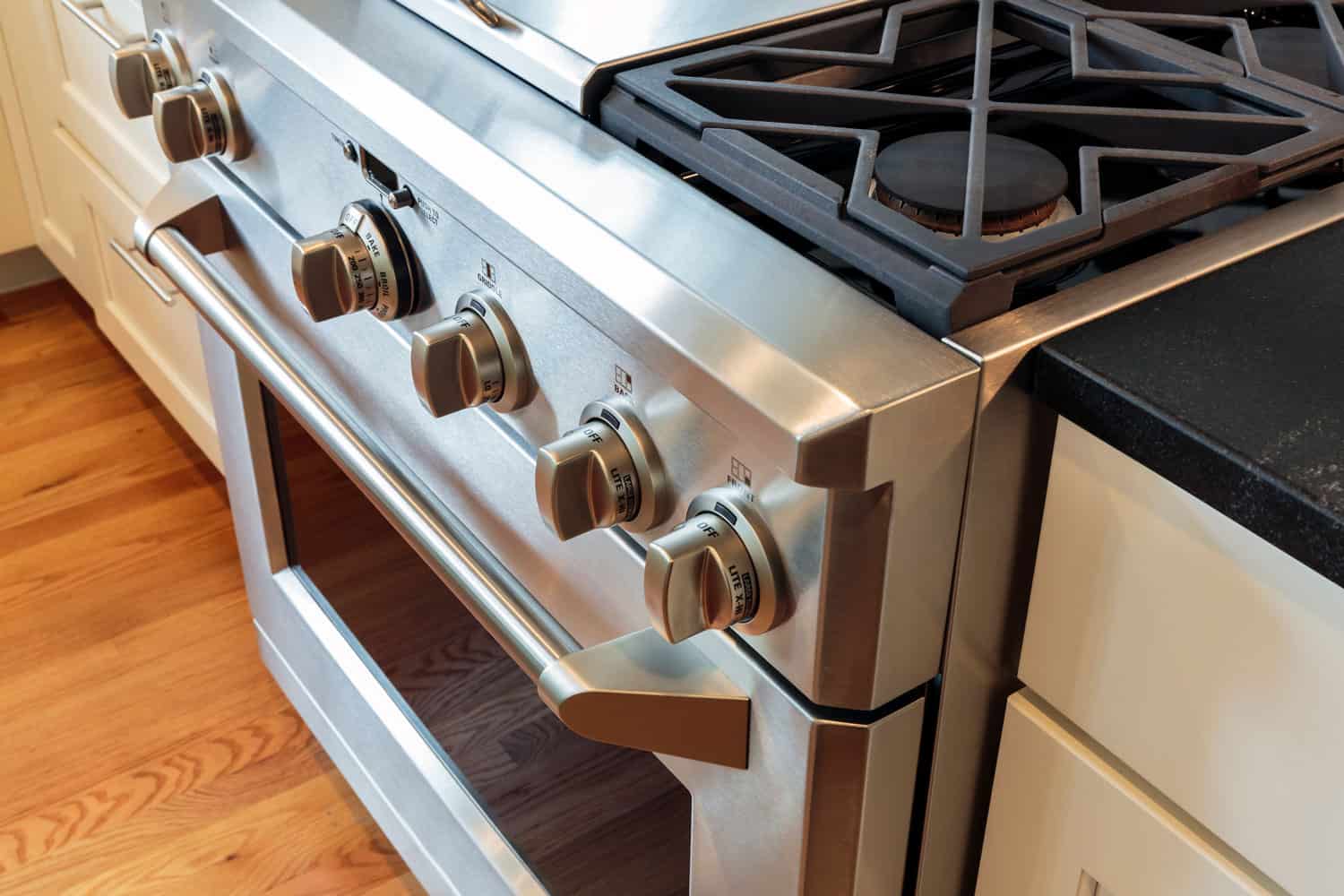How Wide is a Stove? A Comprehensive Guide to Stove Widths
I. Introduction to Stove Widths

A. Understanding the Importance of Stove Width in Kitchen Design
The width of a stove is an essential consideration in kitchen design. It plays a significant role in determining the overall layout, functionality, and aesthetics of the kitchen. Choosing the right stove width is crucial for ensuring efficient workflow, optimal use of space, and a harmonious kitchen design.
B. Overview of Standard Stove Widths and Considerations
Stoves come in various widths to accommodate different kitchen sizes and cooking needs. Understanding the standard stove widths available and the factors to consider will help you make an informed decision when selecting a stove for your kitchen.
II. Standard Stove Widths by Category
A. Compact Stoves: Narrow Width Options
- Typical Width Range and Benefits of Compact Stoves
Compact stoves generally have a width range of 20 to 24 inches. These narrower stoves are ideal for small kitchens or limited spaces, providing a space-saving solution without compromising functionality.
- Space-Saving Design for Small Kitchens or Limited Spaces
Compact stoves are designed to fit into tight spaces while still offering essential cooking features. They are perfect for apartments, tiny homes, or galley kitchens where space is limited.
B. Standard Stoves: Average Width Options

- Common Width Range and Features of Standard Stoves
Standard stoves typically have a width range of 30 to 36 inches. These stoves are the most common and widely available options, offering a balance of cooking surface area and oven capacity.
- Compatibility with Standard Cabinet Sizes and Kitchen Layouts
Standard stoves are designed to fit seamlessly with standard cabinet sizes and kitchen layouts. They are versatile and can accommodate most cooking needs while maintaining a traditional appearance.
C. Wide Stoves: Larger Width Options
- Wide Width Range and Advantages of Wide Stoves
Wide stoves typically have a width range of 36 to 48 inches or more. These stoves provide an increased cooking surface and oven capacity, making them suitable for larger families or individuals who enjoy cooking elaborate meals.
- Increased Cooking Surface and Capacity for Larger Families
Wide stoves offer more burners and a larger oven capacity, allowing for multiple dishes to be cooked simultaneously. This is advantageous for those who frequently entertain or have larger families to feed.
III. Measuring Stove Width
A. Exterior Width Measurement

- Determining the Overall Width of the Stove
To measure the exterior width of the stove, use a tape measure to measure from one side of the stove’s outer casing to the other. This will give you the overall width of the stove.
- Accounting for Additional Clearance Space
When measuring the width, consider leaving additional clearance space on either side of the stove to ensure proper ventilation and safety. Check the manufacturer’s guidelines for recommended clearance distances.
B. Interior Cooking Surface Width Measurement
- Measuring the Width of the Actual Cooking Surface
To measure the width of the cooking surface, use a tape measure to measure the distance between the inner edges of the burners or cooking zones. This measurement will give you an idea of the available cooking area.
- Considering Burner Configuration and Oven Capacity
When considering the cooking surface width, take into account the configuration of the burners and the capacity of the oven. Ensure that the stove can accommodate your preferred cooking methods and the size of cookware you typically use.
IV. Factors Influencing Stove Width Selection
A. Kitchen Space and Layout
- Assessing Available Space for Stove Installation
Evaluate the available space in your kitchen to determine the maximum width that can comfortably fit without overcrowding the area.
- Considering Surrounding Cabinetry and Countertop Dimensions
Take into account the dimensions of surrounding cabinets and countertops to ensure that the stove width harmonizes with the overall kitchen design.
B. Cooking Needs and Preferences
- Determining Cooking Habits and Frequency
Consider your cooking habits and the frequency of use when selecting a stove width. If you cook frequently or prepare large meals, a wider stove may be more suitable.
- Evaluating the Importance of Additional Cooking Surface or Oven Capacity
Determine if additional cooking surface area or oven capacity is essential for your cooking needs. This will help guide your decision when choosing between compact, standard, or wide stoves.
V. Custom Stove Width Options
A. Special Considerations for Custom Stove Widths
In some cases, custom stove widths may be required to accommodate unique kitchen layouts or specific design preferences. Customization allows for flexibility in meeting individual requirements.
- Collaborating with Designers and Manufacturers for Bespoke Solutions
When considering a custom stove width, consult with kitchen designers or manufacturers who specialize in custom solutions. They can assist in creating a stove that perfectly fits your kitchen layout and design vision.
VI. Selecting the Right Stove Width for Your Kitchen
A. Evaluating Available Space and Kitchen Requirements

- Measuring and Analyzing Kitchen Dimensions
Accurately measure the available space in your kitchen and consider the dimensions of surrounding elements, such as cabinets and countertops. This will help determine the maximum stove width that can be accommodated.
- Considering the Role of Stove Width in Overall Kitchen Design
Take into account the overall design aesthetic and functionality of your kitchen. Strive to find a stove width that complements the style and meets your cooking needs.
B. Balancing Aesthetics and Functionality
- Choosing a Stove Width that Complements the Kitchen Style
Select a stove width that harmonizes with the overall style and design of your kitchen. Consider the visual balance between the stove and surrounding elements, such as cabinets and countertops.
- Prioritizing Cooking Needs and Practicality
Prioritize your cooking needs and practicality when selecting a stove width. Ensure that the chosen stove width provides an adequate cooking surface area and oven capacity for your typical cooking requirements.
In conclusion, the width of a stove is an important consideration in kitchen design and functionality. Understanding the standard width ranges for compact, standard, and wide stoves helps in selecting the right fit for your kitchen. Measuring the exterior and interior cooking surface width assists in determining the appropriate size. Factors such as kitchen space, layout, and cooking needs influence stove width selection. Custom stove width options provide flexibility for unique kitchen layouts. Finding the perfect stove width involves evaluating available space, balancing aesthetics with functionality, and prioritizing cooking and kitchen requirements. By considering these factors, individuals can confidently select a stove width that enhances their kitchen experience and meets their culinary needs.
